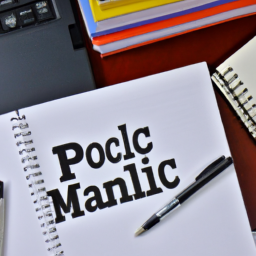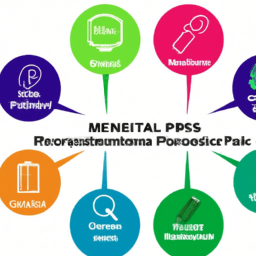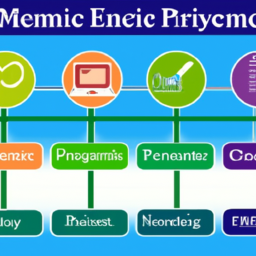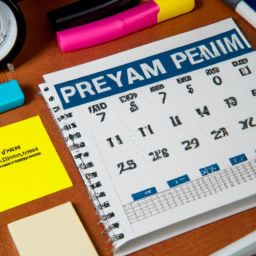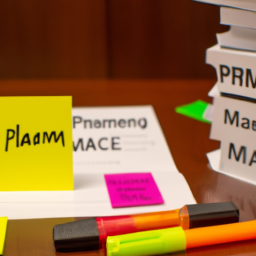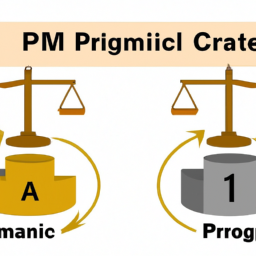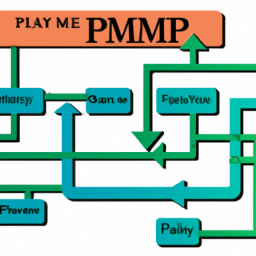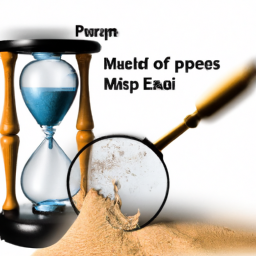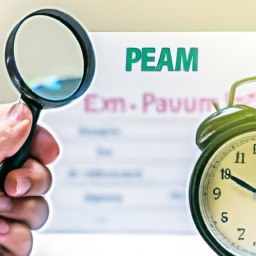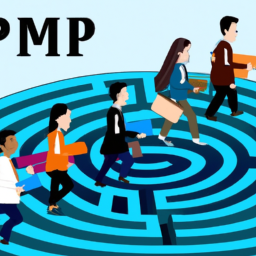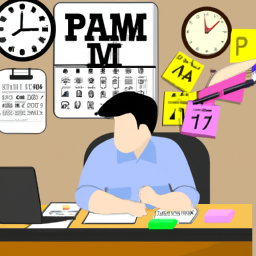Picture this: you’re about to embark on a journey to conquer the PMP exam. As you step into the testing center, armed with your required documentation and identification, you feel a mix of nerves and excitement.
But fear not! This article is here to guide you through the ins and outs of test day. From understanding the exam structure to mastering time management strategies, we’ve got you covered.
So, sit back, relax, and let us decode the PMP exam for you.
Key Takeaways
- The PMP exam consists of 200 multiple-choice questions and has a time limit of four hours.
- The exam is based on five domains: Initiating, Planning, Executing, Monitoring and Controlling, and Closing.
- Required documentation for the exam includes a valid government-issued ID, exam confirmation email, and authorization letter if applicable.
- Preparation tips for test day include arriving early, creating a checklist, familiarizing yourself with the testing center, and planning transportation and parking in advance.
Exam Structure and Format
The PMP exam is structured in a way that allows you to showcase your project management skills. Understanding the exam content and question types is crucial for your success on test day.
The exam consists of 200 multiple-choice questions, and you have four hours to complete it. The questions are based on five domains: Initiating, Planning, Executing, Monitoring and Controlling, and Closing. These domains cover various project management processes, such as project integration, scope, time, cost, quality, communication, risk, procurement, and stakeholder management.
The question types include situational, scenario-based, and knowledge-based questions. Situational questions present you with a project scenario and ask you to choose the best course of action. Scenario-based questions require you to analyze a given situation and select the most appropriate response. Knowledge-based questions test your understanding of project management concepts and processes.
Being familiar with the exam structure and question types will help you prepare effectively and confidently on test day.
Required Documentation and Identification
Make sure you bring your valid identification and required documentation with you on test day. Without these, you may not be allowed to take the exam. Here’s what you need to remember:
-
Valid Identification: Bring a government-issued ID, such as a passport, driver’s license, or national identification card. Ensure that it has your name, photograph, and signature.
-
Exam Confirmation: Carry a printed copy or digital version of your exam confirmation email. This will serve as proof of registration.
-
Authorization Letter: If someone else is scheduled to take the exam on your behalf, you must provide an authorization letter along with their identification.
Exam Day Preparation Tips
Be sure to arrive at the testing center early to give yourself plenty of time to get settled and focused before starting the exam.
On exam day, it is crucial to be well-prepared and organized. To help alleviate test day anxiety, create an exam day checklist. This checklist should include items such as your identification, admission ticket, and any other required documentation.
Double-check that you have everything you need before leaving for the testing center. Additionally, make sure you have a clear plan for transportation and parking to avoid any last-minute stress.
Arriving early will also give you the opportunity to familiarize yourself with the testing center, allowing you to feel more comfortable and confident.
Time Management Strategies
Arriving early for the exam allows you to familiarize yourself with the testing center and feel more comfortable and confident. Here are three time management strategies to help you make the most of your exam day:
-
Prioritize Your Time: Create a plan to allocate your time wisely during the exam. Break it down by sections or questions, giving yourself a set amount of time for each.
-
Use Effective Study Techniques: Before the exam, practice time management techniques during your study sessions. Take timed practice tests, simulate real exam conditions, and practice answering questions within the allotted time.
-
Manage Stress: Stress can negatively impact your performance. Practice stress management techniques, such as deep breathing and positive self-talk, to keep calm and focused during the exam.
Post-Exam Procedures and Next Steps
After completing the exam, it’s important to review the post-exam procedures and determine the next steps in your PMP journey. One crucial step is conducting a post exam analysis to identify your strengths and weaknesses. This analysis will help you understand which areas you need to focus on for further improvement. Additionally, you should consider the certification process and the requirements needed to obtain your PMP certification. To help you visualize the process, here is a table outlining the steps:
| Post-Exam Procedures | Next Steps |
|---|---|
| Review exam results | Determine areas of improvement |
| Analyze strengths and weaknesses | Create a study plan |
| Research certification process | Gather necessary documentation |
| Understand certification requirements | Submit application |
| Prepare for certification audit (if applicable) | Schedule your PMP exam |
Frequently Asked Questions
How Many Questions Are There on the PMP Exam?
On the PMP exam, there are a total of 180 questions. These questions are designed to test your knowledge and understanding of project management concepts.
The PMP exam question format includes multiple-choice questions and situational questions that require you to analyze and apply your project management skills.
To pass the PMP exam, you need to score at least 61% (106 out of 175) questions correctly.
It’s important to prepare thoroughly and familiarize yourself with the exam format to increase your chances of success.
Can I Bring a Calculator Into the Exam Room?
Yes, you can bring a calculator into the exam room. The exam room rules allow the use of a calculator during the PMP exam. This is especially helpful for calculations and numerical problems that you may encounter during the exam.
It is important to note that the calculator must be a non-programmable and non-graphing calculator. Make sure to familiarize yourself with the specific guidelines provided by the exam proctor regarding calculator use.
Are There Any Breaks During the Exam?
During the PMP exam, you may wonder if there are any breaks. It’s important to know that the exam duration is four hours, and the time allocation for each question is critical.
However, there is an opportunity to take a break if needed. The break duration is not counted towards the exam time, so you can use it to recharge or gather your thoughts.
Just remember to manage your time wisely and make the most of the allotted exam time.
Is There a Penalty for Guessing on a Question?
Guessing on a question during the PMP exam? Well, that’s a risky move! But don’t worry, there’s no penalty for guessing. You won’t lose any points for taking a chance.
However, keep in mind that incorrect answers do impact your score. So, it’s best to make an educated guess if you’re unsure. Take a moment, eliminate some options, and go for it.
Who knows, you might just get it right!
How Often Can I Retake the PMP Exam if I Don’t Pass?
If you don’t pass the PMP exam, you can retake it multiple times. The number of attempts allowed depends on the policies of the Project Management Institute (PMI), the organization that administers the exam.
However, it’s important to note that retaking the exam can be costly and time-consuming. Therefore, it’s recommended to thoroughly prepare and study before attempting to pass the PMP exam to increase your chances of success.
Conclusion
In conclusion, preparing for the PMP exam can be a challenging journey, but it’s an opportunity to showcase your knowledge and skills in project management.
On test day, be sure to have all the required documentation and identification ready. Utilize effective time management strategies to maximize your chances of success.
Remember, the post-exam procedures and next steps are crucial in determining your future as a certified project management professional.
Embrace this exciting challenge and let it ignite your passion for excellence.

